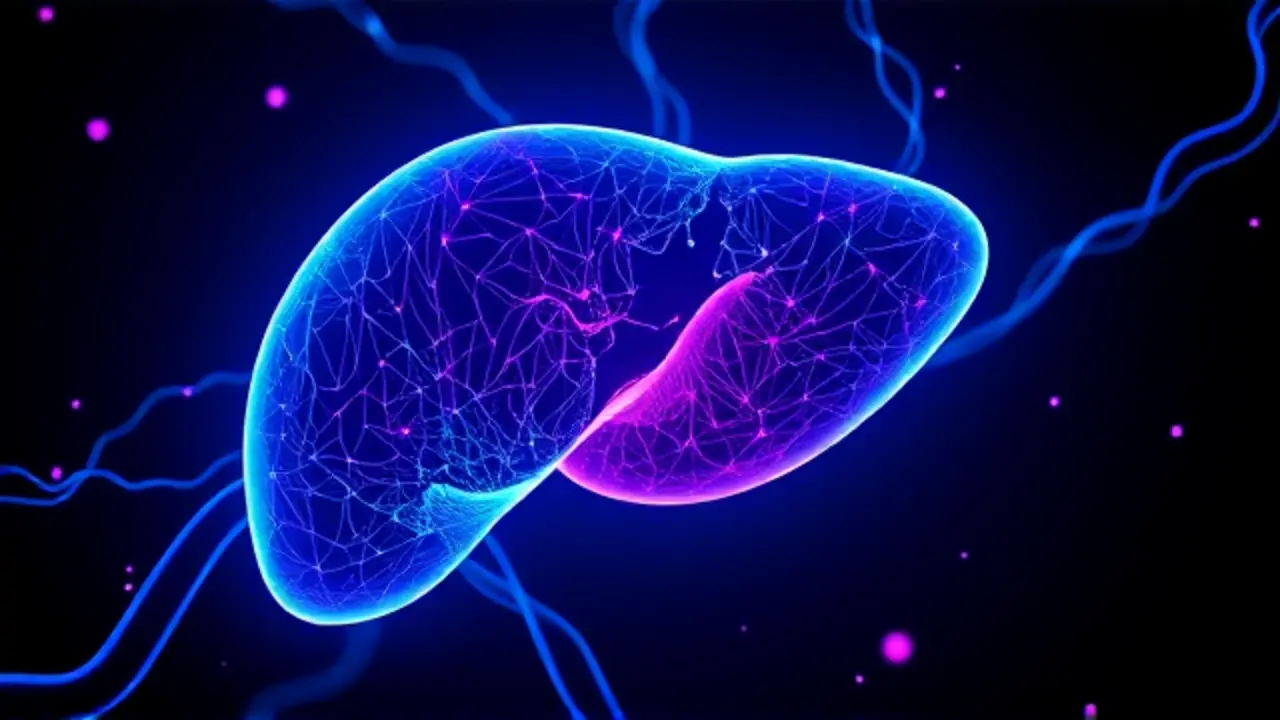Two common drugs could reverse fatty liver disease
In a development that could fundamentally reshape the therapeutic landscape for metabolic dysfunction-associated steatotic liver disease (MASLD), a condition silently affecting nearly a quarter of the global adult population, a research team from the University of Barcelona has unveiled a potent two-punch pharmacological strategy. Their groundbreaking work, published in a leading hepatology journal, demonstrates that the combination of two existing, well-characterized drugs—pemafibrate, a selective PPARα modulator, and telmisartan, an angiotensin II receptor blocker commonly used for hypertension—produces a dramatically superior reduction in hepatic fat accumulation and associated cardiovascular risk factors compared to either agent administered alone.This isn't merely an incremental improvement; it's a synergistic leap. The researchers posited that the two compounds operate through complementary, non-overlapping biological pathways.Pemafibrate primarily acts as a master regulator of lipid metabolism, enhancing fatty acid oxidation in the liver's mitochondria—essentially forcing the cellular power plants to burn off excess fat as fuel. Telmisartan, meanwhile, operates on a dual front: beyond its known cardiovascular benefits, it appears to exert powerful anti-fibrotic and anti-inflammatory effects within the liver tissue, addressing the scarring and chronic inflammation that often accompany fat buildup and can progress to irreversible cirrhosis.The true eureka moment, however, came when the team delved deeper into the molecular circuitry, identifying a previously overlooked linchpin in this process: the PCK1 protein. Traditionally understood for its role in gluconeogenesis, the process of generating new glucose, PCK1 has now been revealed as a critical gatekeeper in hepatic lipid metabolism.The drug combination appears to powerfully upregulate PCK1 expression, which in turn acts as a molecular brake on the synthesis of new triglycerides, preventing the liver from manufacturing and storing more fat. This discovery of PCK1's novel function opens an entirely new frontier for targeted drug development, suggesting that future therapies could be designed to specifically modulate this protein's activity.The implications are staggering. MASLD is not a benign condition; it is the hepatic manifestation of metabolic syndrome and a direct precursor to NASH (non-alcoholic steatohepatitis), liver failure, and hepatocellular carcinoma.Current management is frustratingly limited to lifestyle interventions—diet and exercise—which, while effective, suffer from notoriously low long-term adherence. The prospect of a repurposed, combination drug therapy significantly shortens the path from laboratory bench to patient bedside, as the safety profiles of both pemafibrate and telmisartan are already extensively documented.Experts in the field are cautiously optimistic. Dr.Anya Sharma, a hepatologist at the Mayo Clinic not involved in the study, commented, 'This is precisely the kind of mechanistic, multi-target approach we've been needing. MASLD is a complex, multi-system disease, and monotherapies have consistently fallen short.Uncovering the role of PCK1 provides a unified theory for why this particular combination is so effective. ' The next critical phase will be robust human clinical trials to confirm these promising animal model results. If successful, we could be looking at the first widely accessible, pharmacological solution to reverse the progression of fatty liver disease, potentially preventing hundreds of thousands of cases of end-stage liver disease and its associated cardiovascular mortality, marking a paradigm shift in how we treat one of the most pervasive metabolic disorders of the modern era.
Latest News
JWST may have found the Universe’s first stars powered by dark matter
4 days ago0 comments
Indian Startup Airbound Raises $8.65M for Rocket Drone Deliveries
4 days ago0 comments
Nobel winner warns Europe is losing tech race.
4 days ago0 comments
Chinese Scientists Restore Ancient Love Poem with AI
4 days ago0 comments
Scientists build artificial neurons that work like real ones
4 days ago0 comments
Popular hair-loss pill linked to depression and suicide
4 days ago0 comments
This new blood test can catch cancer 10 years early
4 days ago0 comments
Hong Kong Entrepreneur Fights Dementia with Cultural Games
4 days ago0 comments
It’s quiet here...Start the conversation by leaving the first comment.
© 2025 Outpoll Service LTD. All rights reserved.
